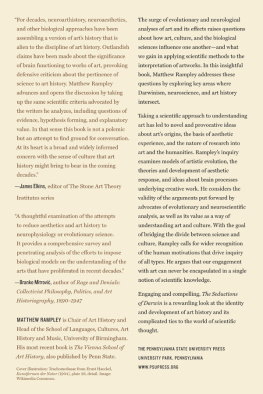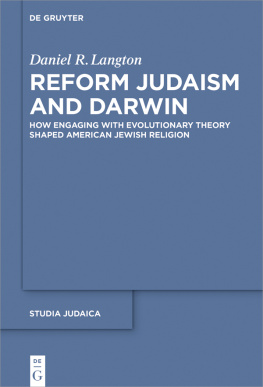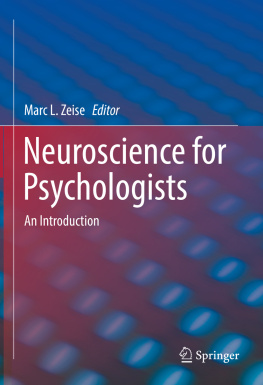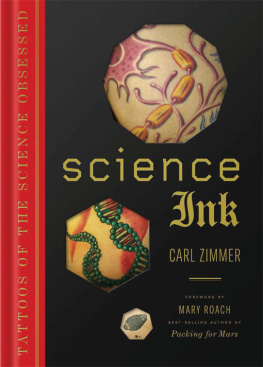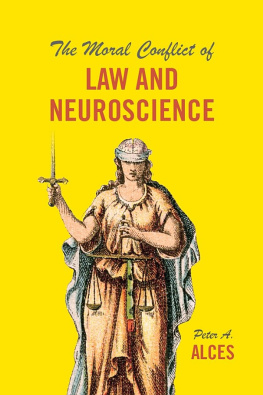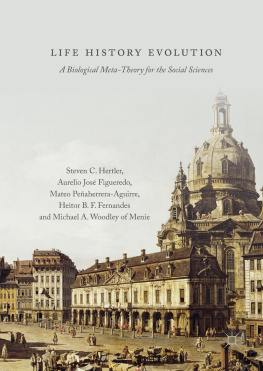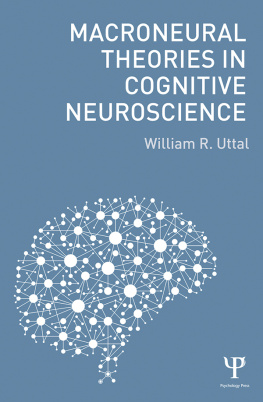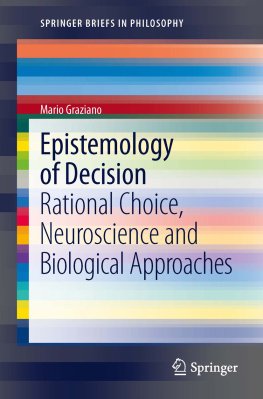The Seductions of Darwin
The Seductions Of Darwin

Art | Evolution | Neuroscience
Matthew Rampley
The Pennsylvania State University Press
University Park, Pennsylvania
Library of Congress Cataloging-in-Publication Data
Names: Rampley, Matthew, author.
Title: The seductions of Darwin : art, evolution, neuroscience / Matthew Rampley.
Description: University Park, Pennsylvania : The Pennsylvania State University Press, [2017] | Includes bibliographical references and index.
Summary: A critical study of the growing use of evolutionary theory and neuroscience to interpret art. Explores the question of what is gained from using ideas and methods from the biological sciences in the analysis of artProvided by publisher.
Identifiers: LCCN 2016033408 | ISBN 9780271077420 (cloth : alk. paper) ISBN 978-0-271-07743-7 (pbk. : alk. paper)
Subjects: LCSH: Art and biology. | Evolution (Biology) in art. | Neurosciences and the arts. | ArtPhilosophy.
Classification: LCC N72.B5 R36 2017 | DDC 701dc23
LC record available at https://lccn.loc.gov/2016033408
Copyright 2017 The Pennsylvania State University
All rights reserved
Printed in the United States of America
Published by
The Pennsylvania State University Press,
University Park, PA 168021003
The Pennsylvania State University Press
is a member of the
Association of American University Presses.
It is the policy of The Pennsylvania State University Press to
use acid-free paper. Publications on uncoated stock satisfy
the minimum requirements of American National Standard
for Information SciencesPermanence of Paper for
Printed Library Material, ansi z39.481992.
CONTENTS
This is a book about the nature of inquiry into humanities may have an important contribution to make to the understanding of human social and cultural development.
At first sight, Neuroarthistory fit into this pattern, but there was something eccentric about it that troubled me. It was not simply the contrived manner in which Onians tried to force a heterogeneous group of authors into an intellectual lineage in order to buttress his own project. It was also the strangeness and crudeness of his basic claims, namely, that the study of brain behavior can explain complex questions of artistic intention and significance. This seemed misconceived at a fundamental level, yet rather than simply dismiss the book, as many have done, I decided to try to articulate what it was about the book that I found so concerning. Further investigation revealed that Onianss work is not an isolated instance but part of a growing body of literature devoted to the same topic. As such, it seemed that it would be a mistake merely to ignore it, not only because of the growing quantity of material being published but also because the project of neuroarthistory and neuroaesthetics has, with the promise of bringing scientific rigor, been gaining in legitimacy, securing significant amounts of funding from research councils across the world.
As I explored the claims of neuroarthistory in greater depth, I became increasingly drawn into a related endeavor: evolutionary aesthetics. This turned out to be the larger metanarrative framing neuroarthistory, since the latter links the study of the brain to notions of evolved cortical capacities and structures. It is for this reason that I decided to turn evolutionary theory and Charles Darwin into the leitmotif of this book. The focus on evolution permits me, too, to bring systems theory into the discussion, since evolution is a central preoccupation of systems theory, albeit in a way that many might not initially recognize. Few discussions of neuroscience or evolution have made their way into the pages of the main journals of art history or aesthetics. Equally, few art historians have engaged directly with this material. There are perfectly understandable reasons why; many of the claims advanced in the name of neuroarthistory and evolutionary aesthetics have been tendentious, unconvincing, bizarre, and even risible. The principal advocates are often to be found in other disciplines, such as archaeology, biology, psychology, anthropology, medicine, philosophy. Nevertheless, art historians ignore this field at their peril; apparently marginal ideas have a remarkable ability to redefine disciplines, and at present the exponents of evolutionary aesthetics, art history, and cultural studies in general have faced little serious and concerted questioning of their basic methodological premises. This book is driven by the belief that it is necessary to engage in just such a critical engagement.
Much of the discussion will come across as polemical in tone, and a recurrent theme is analysis of the numerous problems created by the race to incorporate ideas and methods from various branches of the biological sciences into the study of art and culture. Yet, as any philosopher will confirm, the term critique is derived from the ancient Greek verb krn, which means to choose, and this book is about choices. It is about the choices available when we consider the natural sciences as a possible source of ideas and approaches to be deployed in the interpretation of artworks in particular and of cultural practices in general. How might theories of evolution and the brain enrich our understanding of art and aesthetic experience? Equally, what are their limitations? Does an understanding of their capacities enable us to cast light on the much-debated subject of the relation between art and science? The latter is still often discussed in crude dualistic terms that seem to have progressed little beyond the arguments about this same question that flourished in the later nineteenth century.
Through its engagement with a specific set of questions, therefore, this book attempts to help illuminate a much larger philosophical and methodological preoccupation. In so doing, it overlaps with the recurring calls for greater dialogue between art and science. In one sense, it is sympathetic to those calls, except that it tries to distance itself from much of the discourse of openness between different fields and paradigms of inquiry, which can often amount to little more than empty platitudes. It has been an intellectual commonplace, at least since Hegel, that negation and the working through of opposites underpin the most productive intellectual labor, not the well-intentioned search for commonality or the uncritical subsuming of differences in the name of unity. It is in that spirit that I have attempted to proceed.
This study owes its inception and development to discussions with many colleagues. It is not possible to list them all, but some individuals deserve particular thanks for the ways in which our conversations helped inform the ideas explored here. They include Francesca Berry, Horst Bredekamp, Leslie Brubaker, Richard Clay, Mark Collard, Raymond Corbey, Whitney Davis, Marta Filipov, Jennifer Gosetti-Ferencei, David Hemsoll, John Holmes, Jonathan Hurlow, Ladislav Kesner, Hubert Locher, Sylvester Okwunodu Ogbechie, John Onians, Ingeborg Reichle, Raphael Rosenberg, Kim Shapiro, Badrolhisham Mohammed Tahir, and Richard Woodfield. I would also like to thank the anonymous readers and my editor at Penn State University Press, Ellie Goodman, who has, as usual, been exemplary in her support and encouragement of this project. Finally, it would only be right to thank those who have managed to keep me grounded while undertaking the research for this project: Marta, Thomas, Ben, Peter, and Boris.

